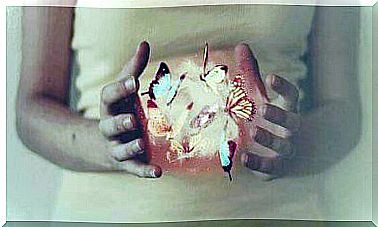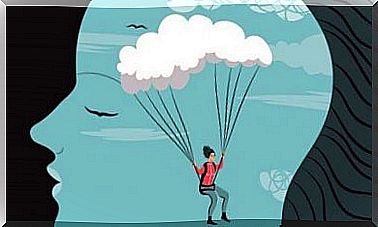Neurologist Vilayanur Subramanian Ramachandran
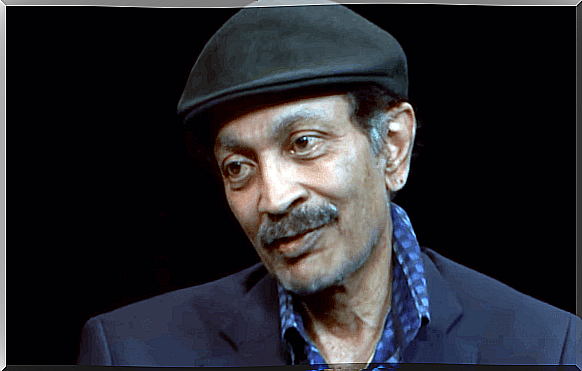
Today we want to tell you about the neurologist Vilayanur Subramanian Ramachandran and his life and work.
Ramachandran is known for his research, knowledge and contributions in the fields of behavioral neurology and visual psychophysics.
He has written several books that broadly describe some of the most important research developments that have taken place in neuroscience in recent years.
Vilayanur Subramanian Ramachandran is Professor of Psychology and Neuroscience at the University of California, San Diego.
In addition, thanks to his academic publications and books, he is one of the leading communicators of information in the study of neuroscience.
In fact, he has gained great international recognition in his field. In 2011, the Times even named him one of the 100 most influential people in the world.
His main contributions relate to mirror neurons, phantom sensation, synesthesia, the theory of “broken mirrors” in autism and the phenomenon of sleep paralysis, and these help us to better understand the human consciousness.
Neurologist Vilayanur Subramanian Ramachandran : childhood and education
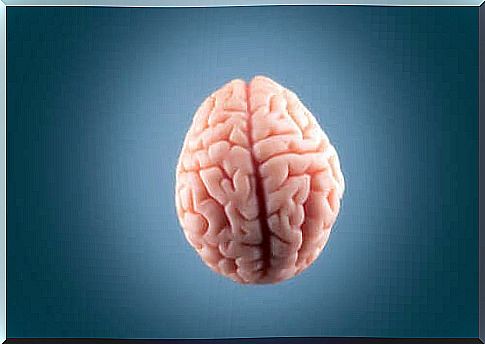
Vilayanur Subramanian Ramachandran was born in 1951 in Tamil Nadu, India. His father was a UN engineer who worked as a diplomat in Bangkok, Thailand.
Thus , his early schooling was located in British schools in Madras, India and Bangkok.
After completing his medical degree at the University of Madras, in Chennai, India, he received a doctorate in experimental neuroscience from the University of Cambridge.
He then spent the next two years at Caltech as a researcher alongside Jack Pettigrew.
In 1983, he was appointed research assistant in psychology at the University of California, where he still holds a permanent professorship.
VS Ramachandran’s scientific career
Ramachandran’s first investigations revolved around human visual perception.
But in the early 1990s, he focused on neurological syndromes, such as integrity disorders in the body, phantom feelings, and Capgra’s syndrome.
His discoveries inspired many new ideas about how the human brain works. And this despite the fact that in his research he used relatively little of complex technology, such as neuroimaging.
Ramachandran is the leader of a research group consisting of students and researchers at the University of California under the name “Center for Brain and Cognition” (CBC).
Furthermore, this is a group that has published several academic articles on a wide range of new neuroscientific theories.
Ramachandran and his research on phantom emotions
The effect that occurs in a patient who has lost an extremity, but who still has emotional sensations in the part of the body he no longer has, is called phantom feelings.
Ramachandran speculated about this phenomenon and came to the conclusion that there is a connection between phantom feelings and the neural plasticity in an adult human brain.
His research showed that the human brain produces significant changes in the somatosensory cortex when a body part is missing.
Therefore, he concluded that there was support for the hypothesis of a connection between cortical reorganization and continued emotional experiences in a body part that no longer exists.
Mirror boxes
The invention of the mirror box and the visual feedback of the mirror are attributed to the neurologist Vilayanur Subramanian Ramachandran.
Thanks to this , specialists use mirror therapy in the treatment of paralysis that can occur with the loss of an extremity. In many cases, they can restore mobility with the help of the mirror box.
In addition, they can reduce the pain that a lost limb gives rise to.
A study conducted in 2014 found that this form of therapy can have a strong impact on the motor network by creating greater cognitive insights into how actions are controlled.
However, other parallel studies led to the conclusion that the evidence was insufficient to confirm the results of the mirror box therapy.
Synesthesia
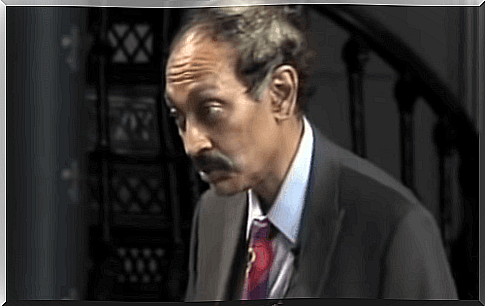
Synesthesia is a phenomenon that means that some people see colors when they hear music. In addition, it is common for synthesizers to associate numbers with colors or textures with emotions.
In other words, in synesthetic individuals, two or more perception systems are activated by a single stimulus.
Ramachandran conducted several studies of this phenomenon and was one of the first to present the theory that synesthesia is caused by a cortical neurological cross-activation.
In collaboration with his team, he developed various tests to prove this.
The debate about mirror neurons
Giacomo Rizzolatti from the University of Parma was the first to talk about mirror neurons. He published an article on the subject as early as 1922.
However, it was the neurologist Vilayanur Subramanian Ramachandran who came to devote much of his work to the role of mirror neurons.
Furthermore, he focused a lot on their connection to various human mental abilities, such as empathy, learning and language development.
In this regard, Ramachandran predicted that mirror neurons would create a unified system for explaining some of the mental faculties whose processes are still not fully understood.
He also compared the significance of the discovery of mirror neurons for psychology with the significance of the discovery of DNA for biology.
